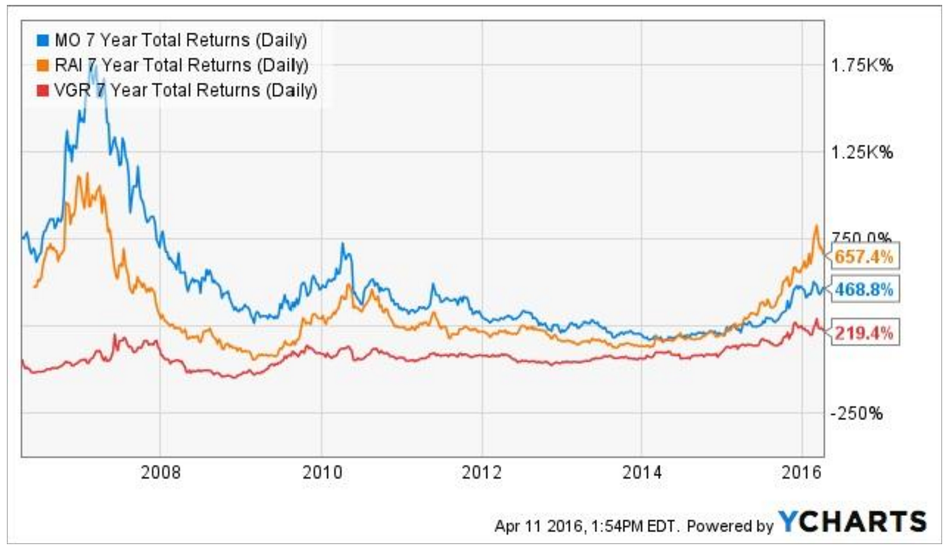Companies return cash to shareholders in two ways: through dividend payments or share buybacks. Dividend payments are the percentage of a company’s earnings that it decides to distribute to investors on a quarterly, semi-annual, or annual basis. Or, a company can choose to buy back its own stock. When a company buys back its own stock, it reduces the number of shares outstanding. This helps boost earnings growth since each remaining share captures a greater percentage of the company’s earnings. Higher earnings typically lead to higher share prices over time.
The specific method a company utilizes is determined by many factors, including its profitability, consistency of earnings, and perhaps most importantly, the makeup of its shareholder base. Different investor types tend to have a preference for how excess cash flow is returned. For example, investors who desire supplemental income, such as retirees, often prefer to receive dividends. A dividend is a real cash payment, which the investor can then use to spend however they wish.
On the other hand, growth investors, such as hedge funds, typically favor share repurchases. The downside of dividend payments is that they are taxable income on the shareholder. This results in double taxation, as corporate earnings are taxed once, and dividend payments are taxed again. The relative tax advantage of share repurchases is why growth investors prefer buybacks over dividends.
Differences Between Institutional and Retail Investors
An investor base can comprises the institutional level or the retail, or individual, level. Investors that buy and own stock can either be major institutional investors, such as mutual funds, pension funds, hedge funds or endowments, or individual investors who often buy and hold stock directly. The difference between shareholder bases matters because it can affect a company’s capital return program and whether cash is returned to investors through dividends or share buybacks.
Consider the major tobacco stocks such as Altria Group (MO ), Reynolds American (RAI), and Vector Group (VGR ). Tobacco stocks like these three have high concentrations of individual investors. Altria’s shareholder base is 61% institutions and 39% individuals. That is still fairly low institutional ownership, particularly when compared to other stocks. In the cases of Reynolds American and Vector Group, they are even less popular among institutions. The majority of their shareholders are not institutional; only 48% of Reynolds American’s shareholders, and 45% of Vector Group’s shareholders consist of institutions such as mutual funds.
By contrast, major technology companies like Salesforce.com (CRM ) and Alphabet (GOOG), neither of which pays a dividend to shareholders, have a mostly institutional shareholder base. Approximately 88% of Salesforce’s shareholder base consists of institutional investors, while approximately 75% of Alphabet’s shareholder base is institutional.
The tobacco dividend stocks and the technology non-dividend payers have both done extremely well for shareholders over the past several years.


How This Affects Dividends vs. Share Repurchases
Institutions do not favor investing in tobacco stocks. Many, such as pension funds or endowments, have set strict policies forbidding investment in the tobacco industry. This has been done for social purposes; tobacco stocks are commonly referred to as sin stocks. Because a high level of their shareholder base is individuals, many of whom desire dividend income, these stocks pay high dividends to please their shareholders.
Altria maintains a stated dividend payout policy which it adheres to each year. That is, the company aims to distribute 80% of its adjusted earnings per share each year. Similarly, Reynolds American has a stated policy to pay out 75% of its annual earnings. Both companies have achieved reliable earnings growth over a long period of time due to price increases and cost controls. Because of this, Altria has raised its dividend 49 times in the past 46 years and currently has a 3.5% dividend yield. Meanwhile, Reynolds American has paid $12 billion in dividends since 2004. It raised its dividend by 16% in February and the stock now yields 3.3%. Vector Group is a very high-yield dividend stock. Its current annual payout of $1.60 per share each year provides a 7.4% dividend yield. It did not buy back stock last year.
Conversely, these companies spent relatively little on share repurchases in comparison to their dividend payouts. In 2015, Altria spent $554 million on share repurchases and $4.1 billion on dividends. In other words, 88% of Altria’s capital allocation program last year consisted of dividend payments and only 12% was utilized for share buybacks. Moreover, last year Reynolds American spent $124 million on share repurchases but paid $1.5 billion in dividends.
The Bottom Line
As a case study, there is no definitive right answer when it comes to the dividends versus share buybacks debate. It simply depends on what is more important to the investor base. Income investors love dividends, while growth investors will typically side with share buybacks. As long as the target company is growing revenue and earnings from year to year, as these five companies illustrate, shareholders can do very well either way.





